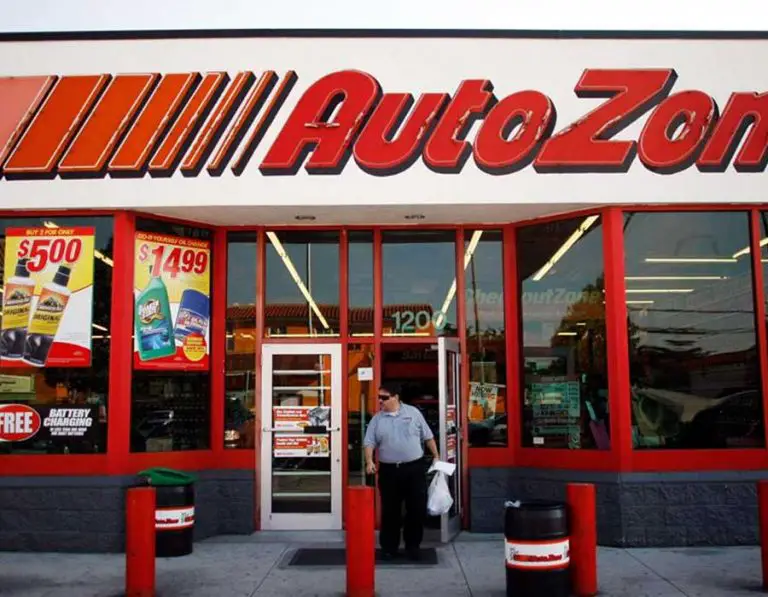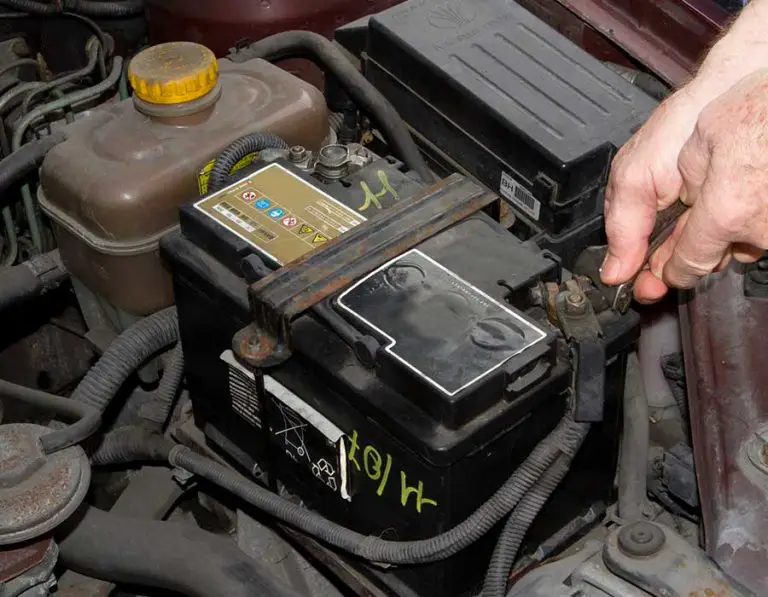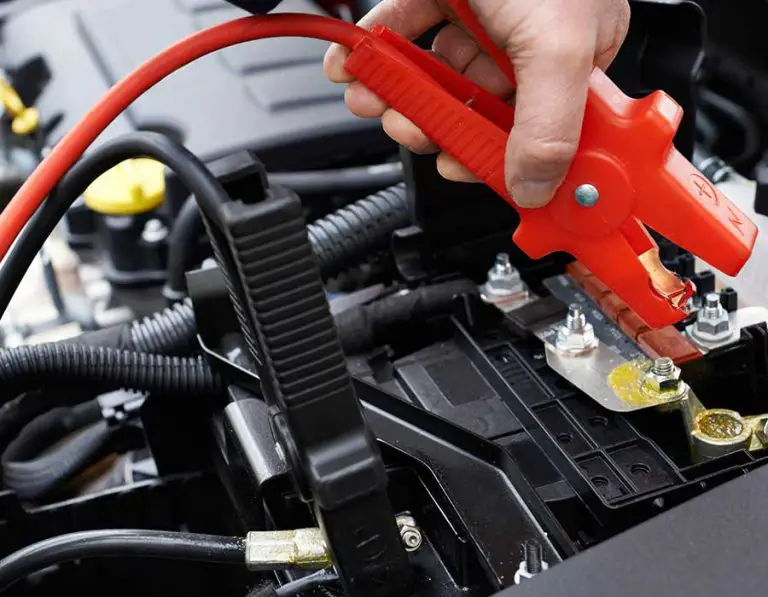Can I trickle Charge a Car Battery Without Disconnecting it?
You do not need to disconnect a car battery before charging it with a trickle charger.
Gas bills are steady on the increase, making more people consider alternate transportation options. In the same vein, it is not uncommon to leave your car parked for a significant period. But every responsible car owner worries about the battery – these vital car components are famous for their discharge cycle when they are not in use.
A trickle charger can be used to maintain the amps in the battery by slowly charging it. But can you use it to charge your car battery without disconnecting it first?
Can I charge my battery without disconnecting it?
The short answer we will provide is yes. You can charge your battery without disconnecting it, and it will not affect the charge capacity. However, it depends on the type of car charger you are using. If it is a conventional one, devoid of a microprocessor, then we recommend disconnecting it.
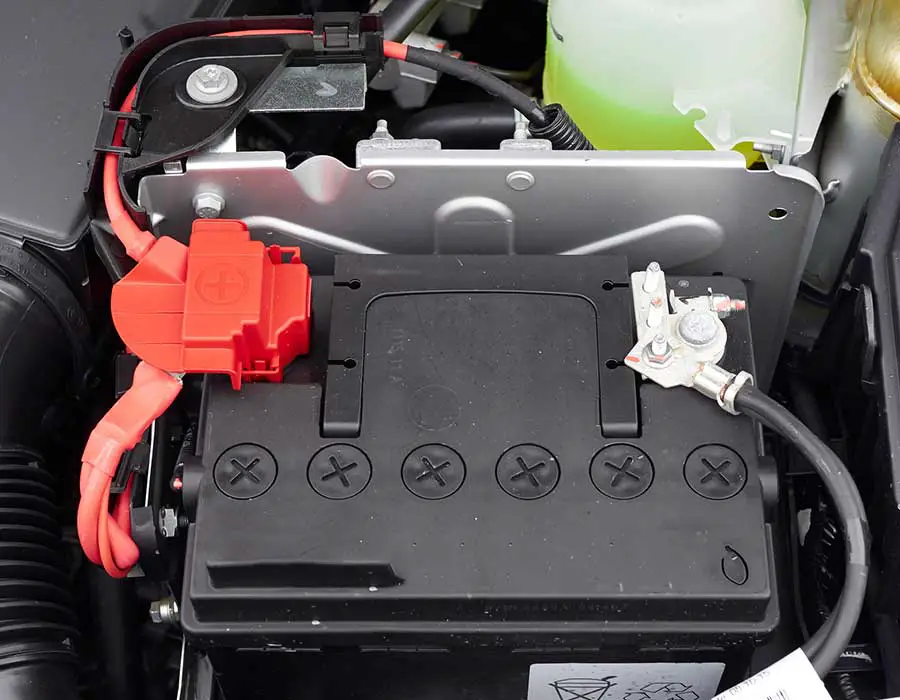
You do not have to disconnect your car battery if you will be charging it with a modern or smart charger. Provided you will be leaving your car parked for a significant period, attaching a smart trickle charger is great because it will calculate the precise amount of current needed to make up for the discharged loss.
This is akin to the float mode of most smart chargers, where the charger supplies just enough current to keep the battery above its usual voltage.
You can charge your battery without disconnecting it, but only if you are dealing with chargers that can regulate the charge cycle.
If you are worried about your safety, this is quite common. However, a car battery charger has been designed to act as an alternator. The alternator is the car part that facilitates charging the car battery. As such, these two components have unique structures, which means it is also safe for you to charge your car battery without disconnecting it.
But again, we cannot ultimately eliminate the possibility of a shock or spark if the battery is connected while the charger functions. So, care is also needed.
Understanding Trickle Charging
Principles of Trickle Charging
Trickle charging is a method of charging a car battery at a slow and steady rate to maintain its optimum charge levels. It works by supplying a small current, typically in the range of 1 to 2 amps, to the battery over an extended period of time. This prevents overcharging and helps prolong the life of your battery. Trickle chargers are often used when a car is not in regular use, or when the battery is subjected to high-drain accessories or harsh climates.
Benefits and Limitations
Benefits:
- Prolongs battery life: Trickle charging helps avoid issues caused by overcharging or deep discharge of the battery.
- Ideal for infrequent use: If you don’t use your car often, employing a trickle charger will ensure that your battery remains charged and ready for use when needed.
- Maintenance-free: Once a trickle charger is connected to your battery, it requires little to no attention, as it maintains a constant charge level.
Limitations:
- Slower charging: Trickle charging your battery takes longer when compared to conventional charging, due to its low-amp output.
- Not ideal for heavily discharged batteries: A trickle charger might not provide enough power to restore a severely discharged battery. In such cases, you may need a higher-amp charger to jump-start the battery before switching to a trickle charger for maintenance.
- Incompatibility with certain battery types: Always ensure that your trickle charger is compatible with your specific battery type, as some chargers aren’t well-suited for certain batteries, such as deep-cycle or gel cell batteries.
To use a trickle charger without disconnecting your car battery, ensure you’re using a compatible charger and follow the manufacturer’s guidelines for correct usage. Remember to switch off your vehicle before connecting the charger and pay close attention to voltage compatibility to prevent any potential issues.
Procedure to Trickle Charge Without Disconnecting
Step-By-Step Guide
- Choose a suitable charger: Make sure you have a suitable trickle charger (around 1 amp) designed for charging a car battery without disconnecting it from the vehicle. Trickle chargers that are designed for this purpose will not overcharge the battery and help maintain the battery life.
- Locate the battery terminals: Identify the positive (+) and negative (-) terminals on your car battery.
- Connect the charger to the battery: Attach the red (positive) clip from the charger to the positive terminal on the battery. Then, find a suitable grounding point or a thick gauge bolt in the engine frame, and attach the black (negative) clip from the charger to the grounding point, as the direct access to the battery’s negative terminal may not be available.
- Set the charging mode and rate: Assuming you have an adjustable charger, set it to the desired charging mode (e.g. 12 volts) and the charging rate (e.g. 2 amps for a slow trickle charge).
- Plug in the charger: Once the charger is connected to the battery, plug it into an electrical outlet and turn it on. The charger should now begin trickle charging your car battery.
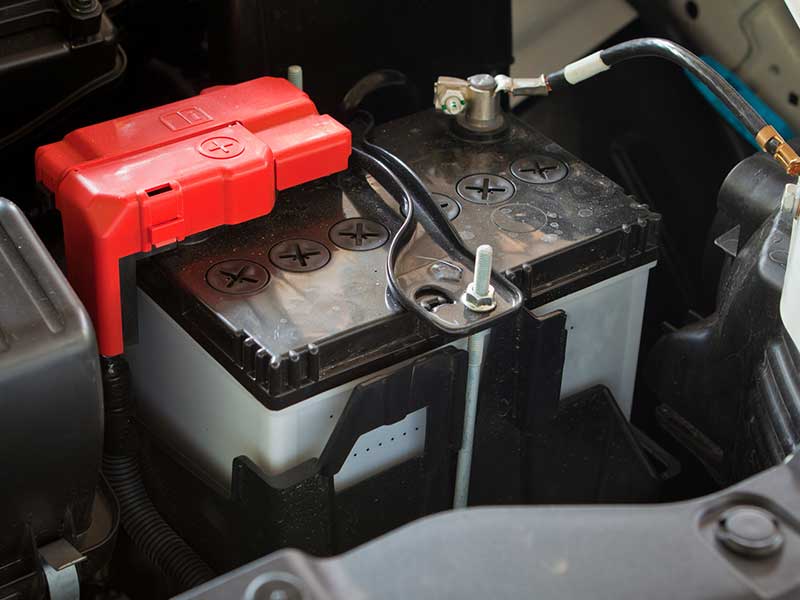
Safety Measures During Trickle Charging
- Monitor the charging process: Keep an eye on the progress of the charging to ensure it is working properly and prevent any potential issues. Do not leave the charger unattended for long periods.
- Ensure proper ventilation: Make sure the area where you are charging the battery is well ventilated, to minimize the risk of gas accumulation and potential hazards.
- Avoid sparks or open flames near the battery: Be cautious about creating any sparks or exposing the battery to open flames during the charging process, as it may cause a fire or explosion.
- Turn off the charger before disconnecting: To prevent any potential electrical issues, ensure the charger is switched off and unplugged from the electrical outlet before you disconnect it from the battery and grounding point.
Troubleshooting Common Issues
Handling Potential Risks
Charging a car battery without disconnecting it may pose risks to both you and your car. When using a charger without a microprocessor, it is recommended to disconnect the battery to avoid any potential issues. To reduce risks, always ensure the car is turned off, the keys are removed, and the battery is properly secured before charging.
Troubleshooting Tips
If you encounter issues while trickle charging your car battery, consider the following possible causes and solutions:
- Faulty connections: Make sure the charger is properly connected to the battery terminals. Connect the red cable to the positive terminal and the black cable to the negative terminal.
- Battery issues: If the battery is damaged or has reached the end of its lifespan, it may not accept a charge. Inspect the battery for physical damage, and consider replacing it if necessary.
- Inappropriate charger: Using an unsuitable charger may cause issues during trickle charging. It is recommended to use a trickle charger with a suitable amperage (around 1 amp) for your car battery.
By addressing these potential issues, you can ensure a successful and safe trickle charging experience for your car battery without disconnecting it.

